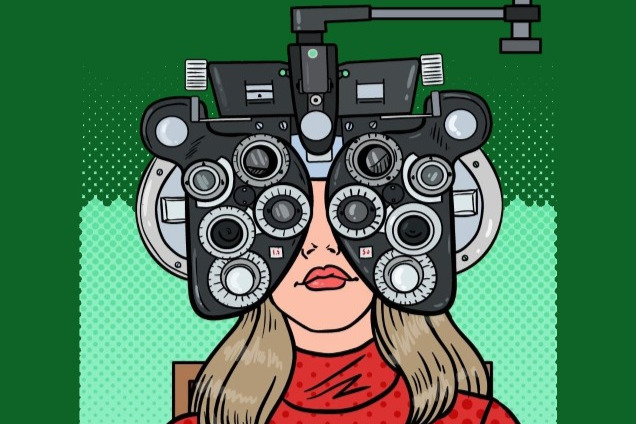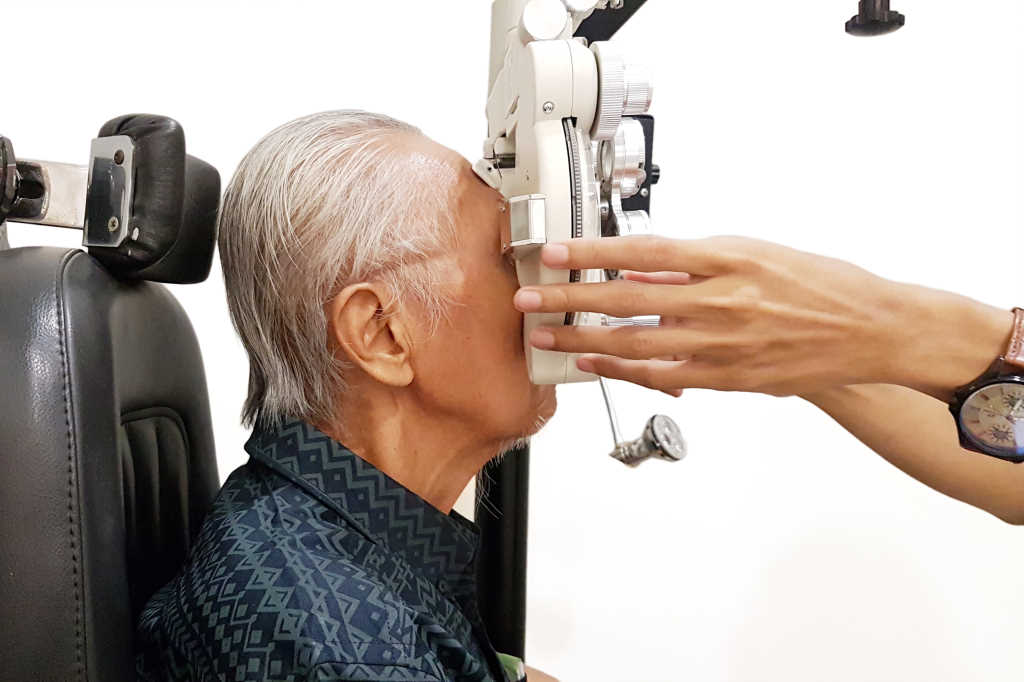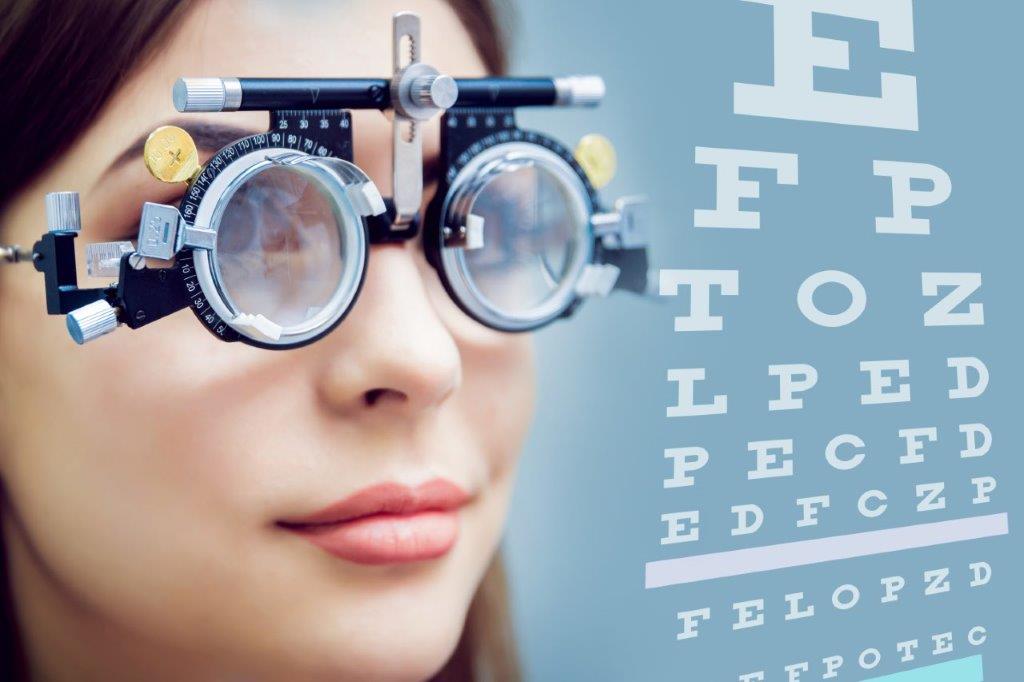Divided opinions on inaugural optom salary report
The co-author of New Zealand’s first optometry salary report has defended it against claims it has created unreasonably high expectations among employees since its release almost a year ago (see August's Chalkeyes in 'related stories' below).
The 2022 salary report was part of the Optometry Workforce Survey conducted by Robert Ng and Dr Renita Martis, from the School of Optometry and Vision Science at the University of Auckland, to help create better transparency around pay, gauge working conditions and understand the various professional views held by the industry. But there is dispute over the figures, especially the higher salary levels, which one practice owner said were skewed too highly given the inclusion of practice owners’ and contractors' salaries (see August Chalkeyes).
Ng said he tried to be fully transparent throughout the survey and in the published salary report and followed the examples of other salary guides from other industries and recruitment firms to include the minimum, maximum, mean and median. However, given it is the first survey of its kind in New Zealand, there were no benchmarks for the research team to follow, he said. “This was always going to be a contentious topic. In my opinion, the issue isn't about including the results of practice owners, as I had tried to filter out the outlying results (and there were minimal responses from practice owners anyways), but more not having previous data for comparison and therefore I had a high threshold to potentially exclude other outliers.”
The research was also peer reviewed by an HR/recruitment professional and another independent optometrist, said Ng, who is a practice co-owner himself. “The positive feedback I've received from colleagues is that the results are fairly representative of the market rate, if looking at the median bands. Prior to me conducting the study I had heard anecdotally salaries peaked around $120K which is what the median results published showed.”
The methodology section of the report explained outliers were removed from the results - for example, those practice owners who responded (24 of the 190 responses) and were thought to have combined salary and profit or those who were potentially salary-sacrificing with a view to selling their practice. “This is why the survey needs to be repeated (hopefully next year) and we can see what is realistic and if there were more outliers in 2022's report,” said Ng.
Clearing up another misunderstanding, Ng said the report included the salaries of contractors but not locums, given the latter is usually paid more for a short period of cover. “People may use the terms locum and contractor interchangeably but, by definition, a locum is a temporary fill-in and is usually not in the same practice for a fixed or long period of time, whereas a long-term contractor is considered a regular at the practice so wouldn't be paid locum rates… (so) have different charge-out rates.” A practice may also cover certain expenses for a long-term contractor, such as business cards but not others, such as annual practising certificates, he said, noting that in both situations, as sole traders, they won't get annual leave or KiwiSaver so may charge an extra 20%. “The criticism I received was about the reported maximum of $200K,” he said. “However, if we take into account the extra 20%, this wouldn't affect the results significantly, as the new median range is still well below $200K.”
Ng admitted, however, the results analysis was open to interpretation and can be subjective. The salary bands were reported based on years of experience, so the salary of a new graduate was included in the same band as someone with three years' experience. “Therefore, one would assume the maximum reported in that band would not be a new graduate's salary and a new graduate shouldn't expect that. At the same time, an employee naturally wants to be paid the most they can and their focus might be skewed towards the maximum while, to play devil's advocate, an employer might be skewed towards the minimum.” Thus looking at the minimum and maximum isn't truly representative of the results and the median reported is a more accurate indicator, he said. “I do accept that there are limitations in the survey and have taken the feedback on board for future surveys. However, I do believe the results are accurate based on the data received.”





















